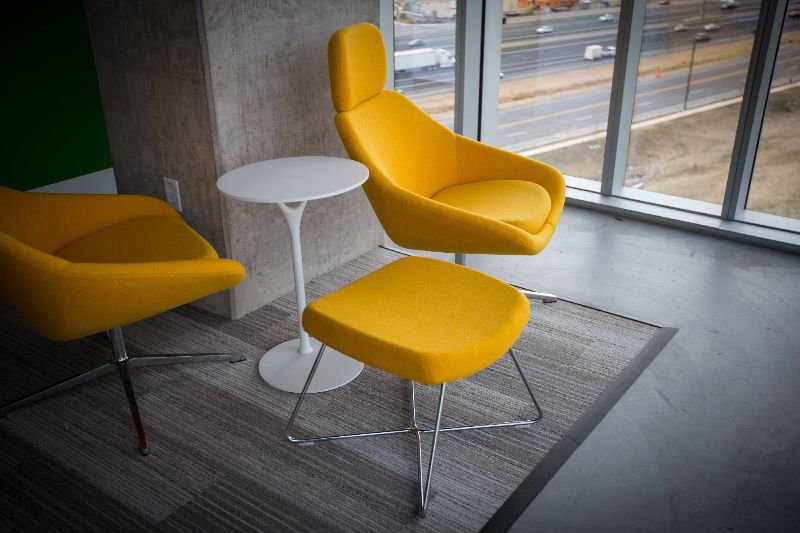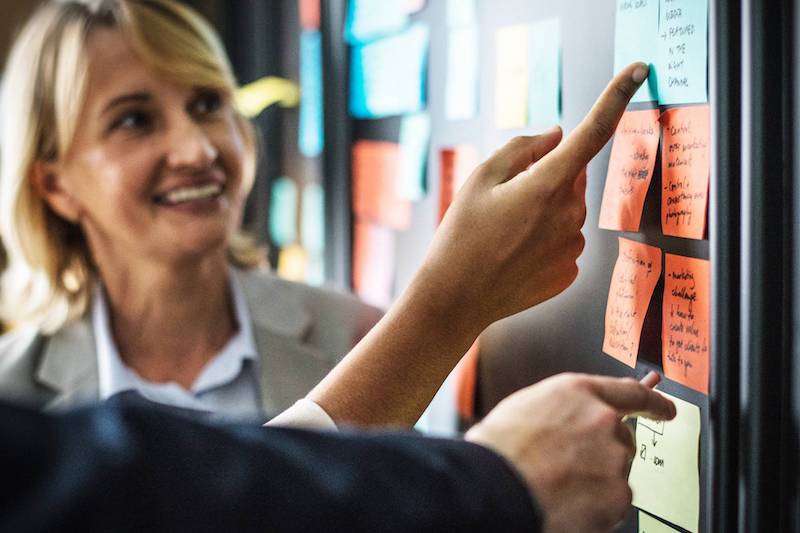 Corporate HQ interaction layout
Corporate HQ interaction layout Designing experience
Designing experience KPI Metrics
KPI Metrics Emotional benefits
Emotional benefitsSome pay too much attention to the cost of starting to do things in a different way. Instead, they should worry more about the cost of not doing it.
The business metrics mainly address business objectives and technical metrics related to the quality of implementation, but how are intangible assets measured, such as experience?
The design discipline needs to have a strong mandate to establish experience metrics to be able to assess the quality of the product / service experience for humans.
Experience metrics are an essential component together with business and technical metrics, so we added an extra layer to measure the Design Thinking outcome.
By making Design Thinking quantifiable, resources allocated to the design discipline will become justifiable, in particular when it comes to measure the desired human behavior and interaction. For instance, instead of a product or service let's take an architectural layout as an example. How do you measure a successful design to improve the human interaction?
Short term KPI's:
- Space functionality
Mid and long term KPI's:
- Interdepartmental projects and information flow
- On-time tasks execution
- Environment quality
- Staff turnover
Value Impact for the new Corporate HQ:
The result of an interdepartmental workflow is the more agile resolution of issues, in addition to increasing efficiency, productivity, reducing stress and increasing the loyalty of workers.
Each attribute has an economic value which is translated into a direct benefit for the company. e.g.:
Efficiency = optimizes the structure costs
Stressless = less impact on occupational diseases or accidents
Loyalty = reduces the cost of training new employees